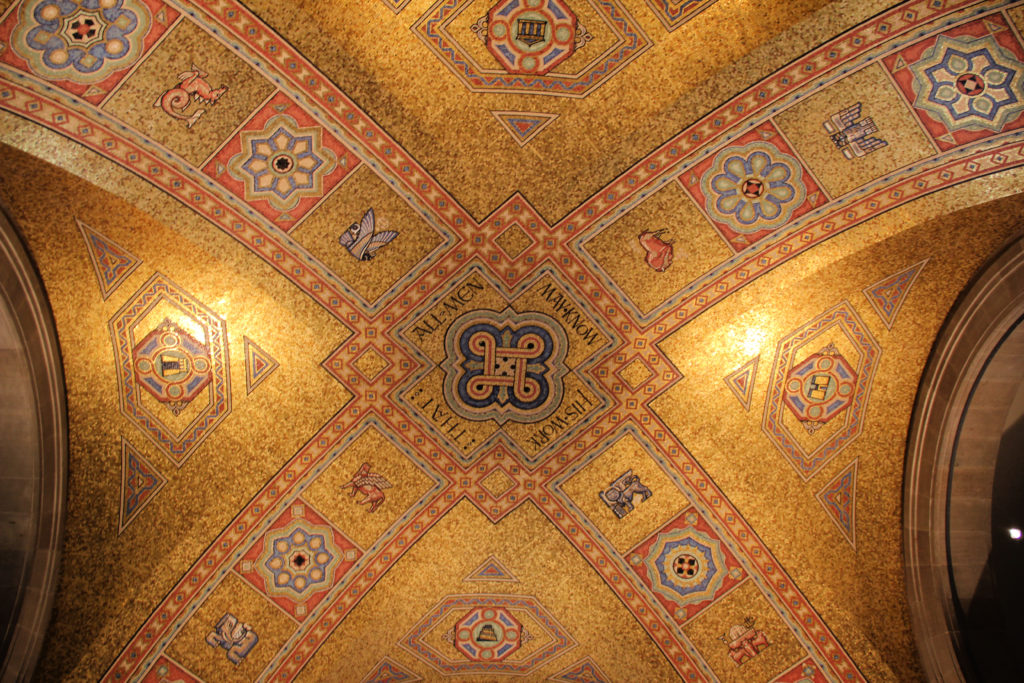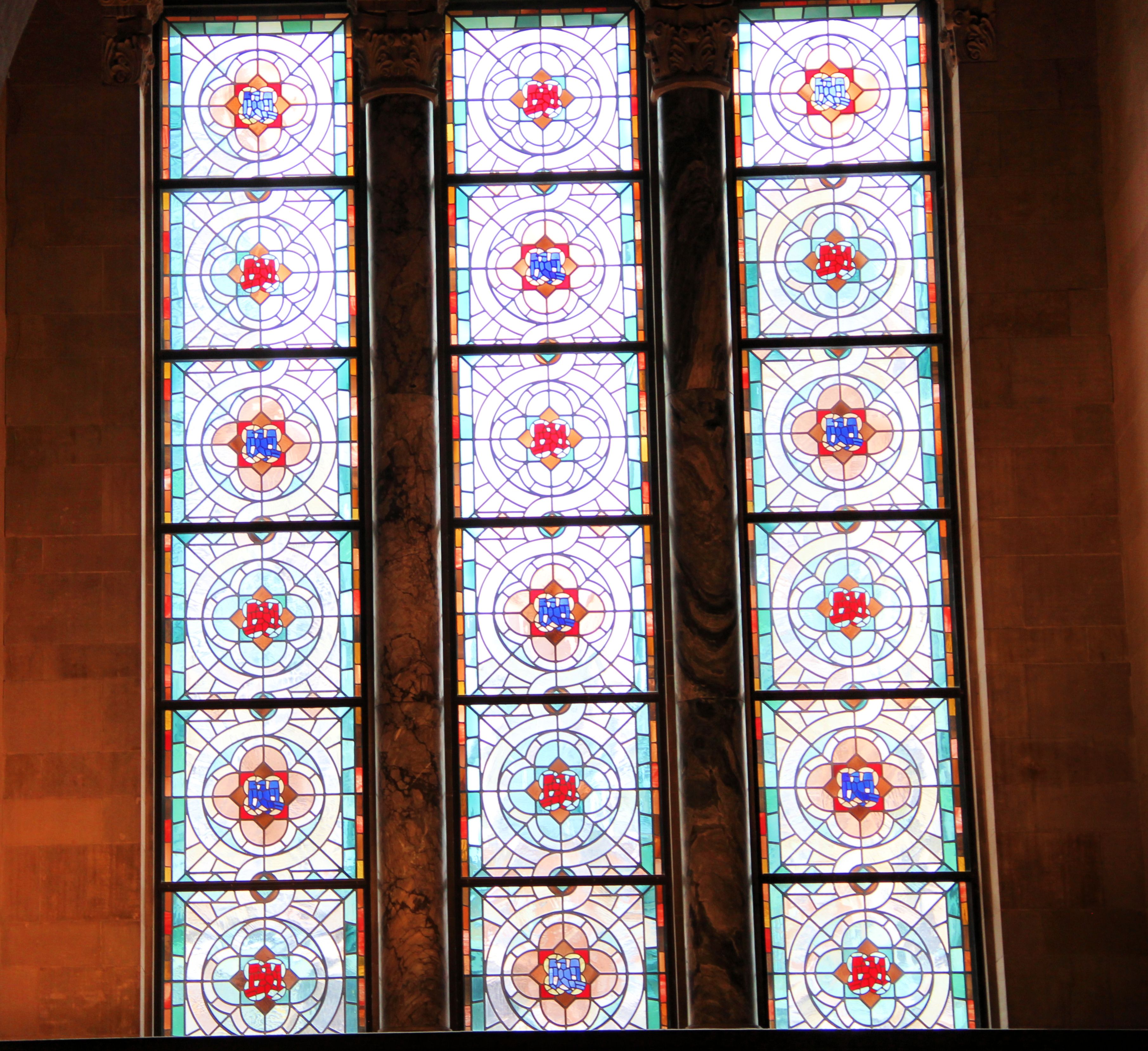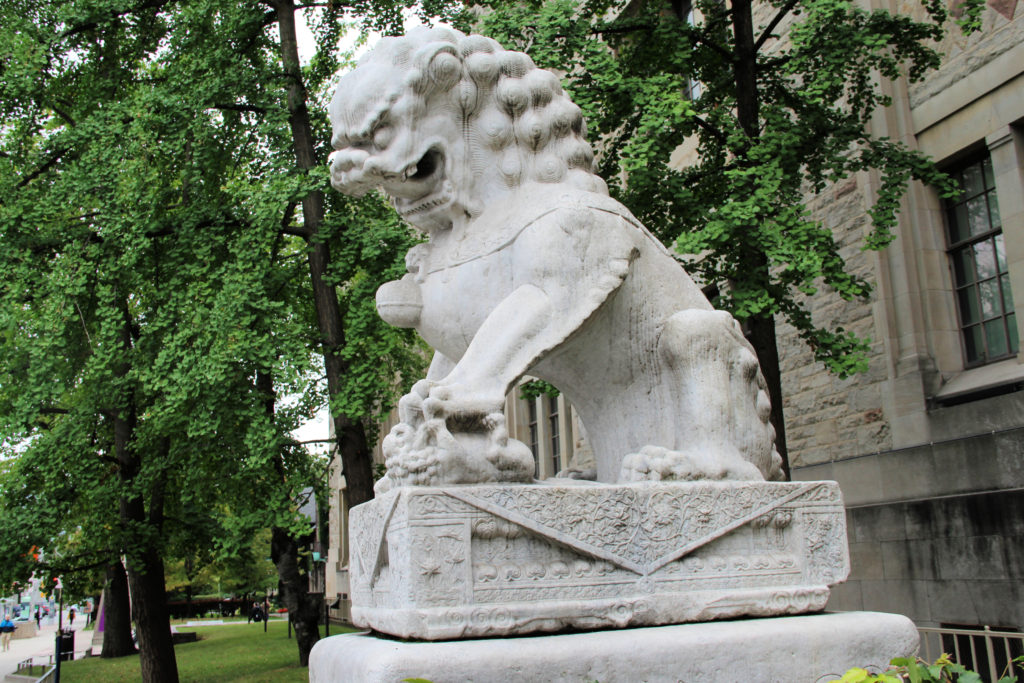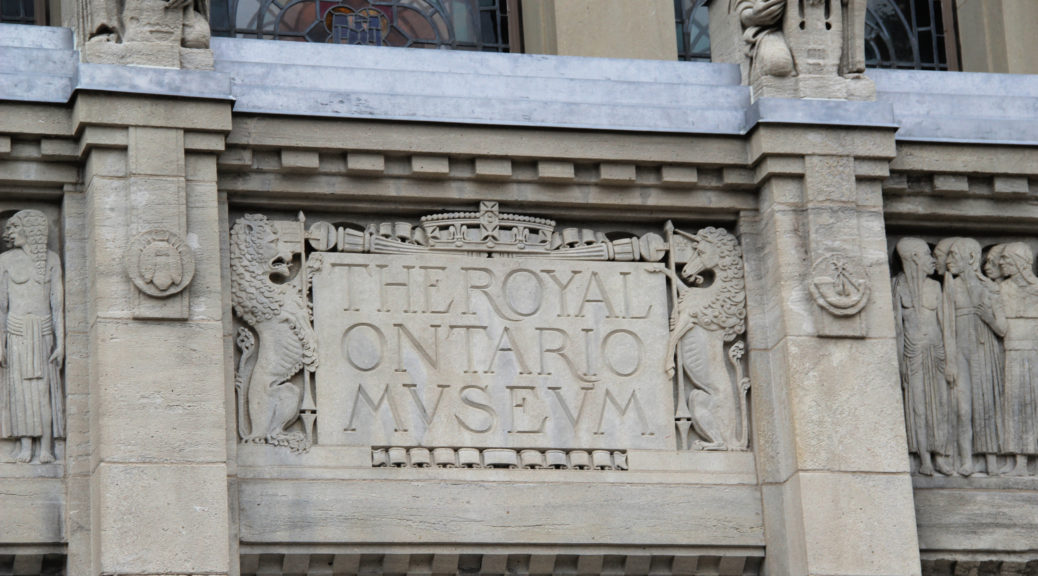
The Royal Ontario Museum
We visited the Royal Ontario Museum in Toronto, which was one of the excursions Tauck offered on our Great Lakes cruise. Commonly referred to as the ROM, it opened in 1914, with the unique crystal addition opening in 2007. The first picture below is of the ROM and the second was taken from inside the museum looking out through one of the crystal panels. I found this interesting information about the crystal addition.
Considered to be one of the most challenging construction projects in North America for its engineering complexity and innovative methods, the Lee-Chin Crystal is composed of five interlocking, self-supporting prismatic structures that co-exist but are not attached to the original ROM building, except for the bridges that link them. The exterior is 25% glass and 75% extruded-brushed, aluminum-cladding strips in a warm silver colour. The steel beams, each unique in its design and manufacture and ranging from 1 to 25 metres in length, were lifted one by one to their specific angle, creating complicated angle joints, sloped walls, and gallery ceilings.
https://www.rom.on.ca/en/about-us/rom/michael-lee-chin-crystal
The ROM is one of the largest museums in North America and the largest in Canada. It has over 40 galleries and 6,000,000 artifacts. Most of the exhibits relate to art, world culture and natural history.

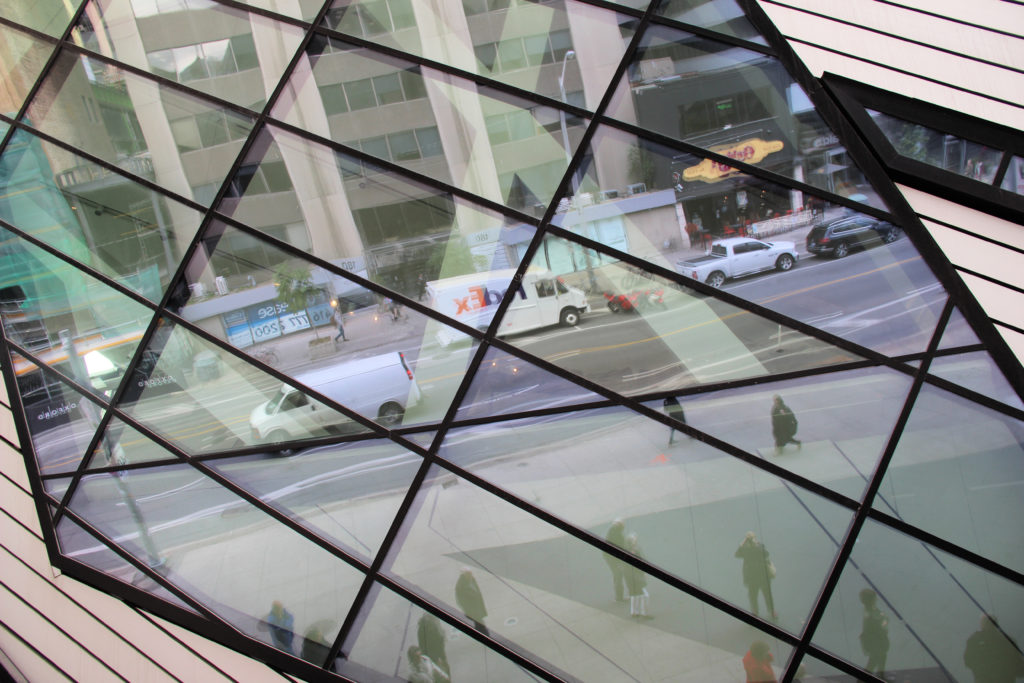
One of the exhibits included a large display of dinosaurs. In the first picture below, meet Gordo. He is a Barosaurus and is almost 90 feet long. Gordo is one of only three Barosaurus skeletons on display in the world. The other dinosaur pictured is Zuul, a relatively new addition to the museum when we visited. He is an armored dinosaur and was actually named after a monster in the movie Ghostbusters (1984). Another skeleton we saw was of a giant sea turtle (unnamed). He is almost 15 feet long and is estimated to be 74 million years old. He was hanging in the atrium against part of a crystal panel.
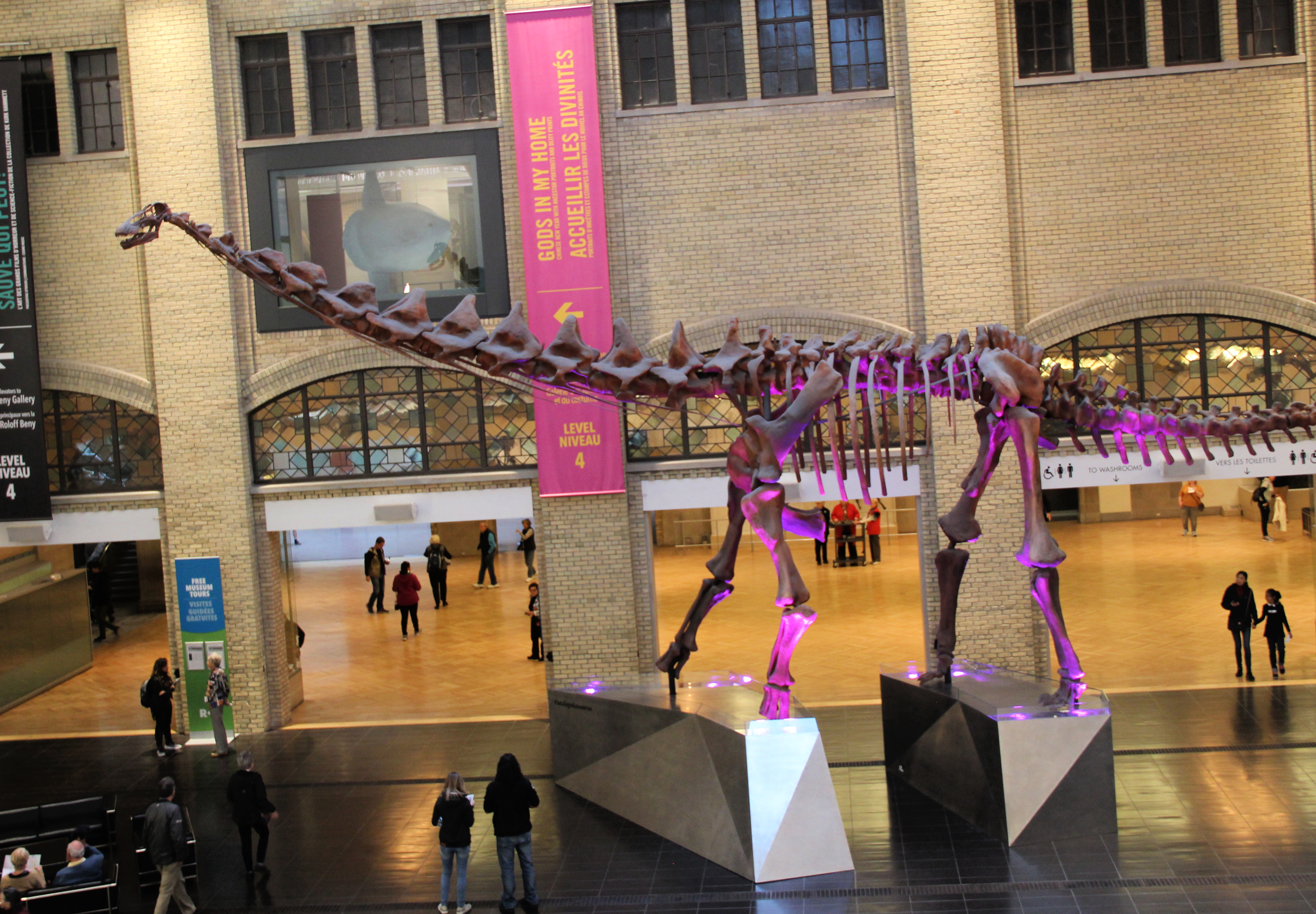
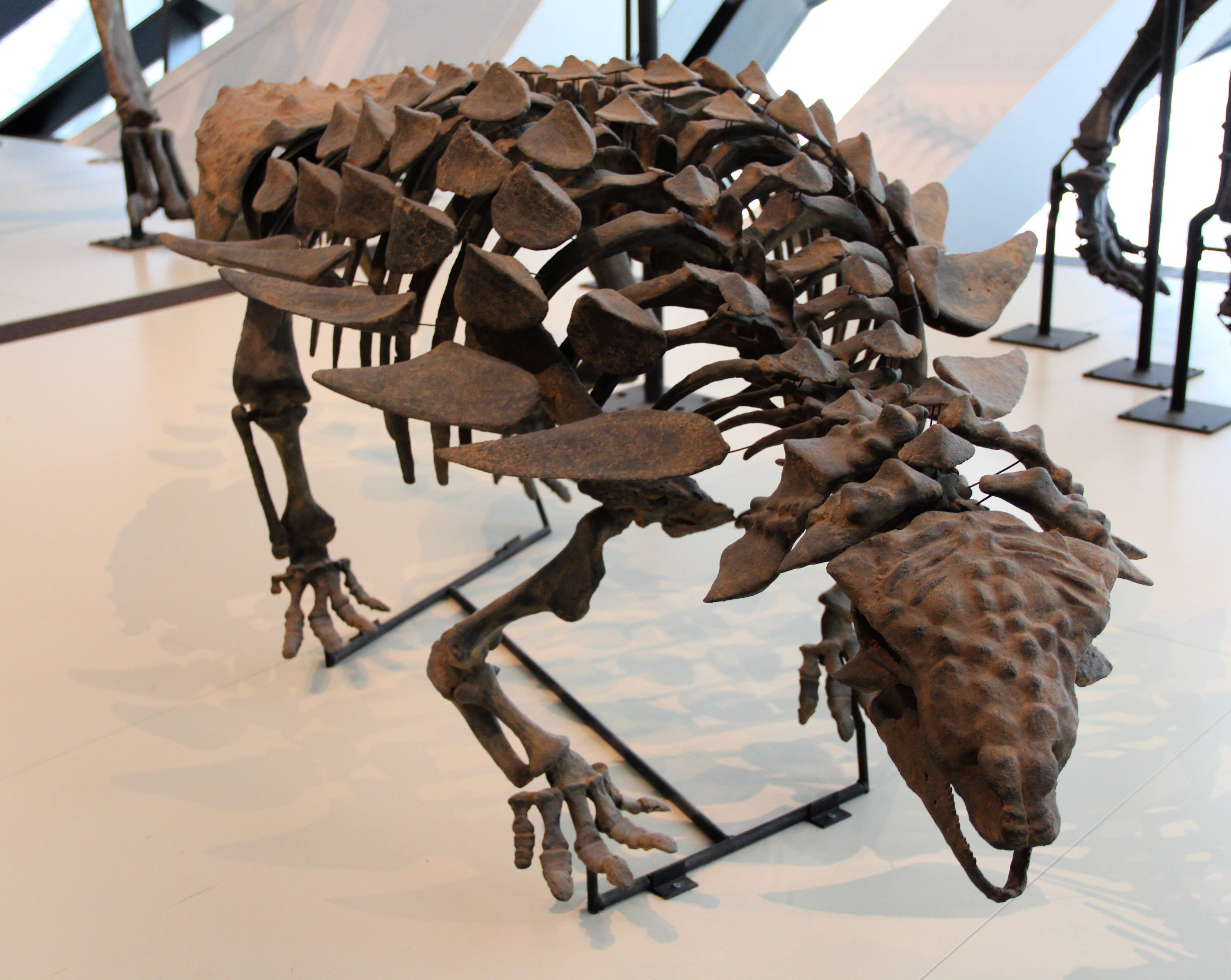

These next pictures show some of Canada’s early history. European colonization began in the 15th Century. Immigrants settled around the East Coast, the St. Lawrence River and the Great Lakes. Colonists needed the expertise of the Indigenous people to learn how to survive from the land. Relationships were built, some peaceful and some not, but in many cases knowledge and goods were traded. The Europeans wanted the furs of the Indigenous people to make coats and hats. The use of birchbark canoes was common among trappers and hunters and also in moving camp to camp when they traded goods. Europeans had brought rowboats with them from Europe which were not well-suited for the narrow rivers, so they too used canoes.
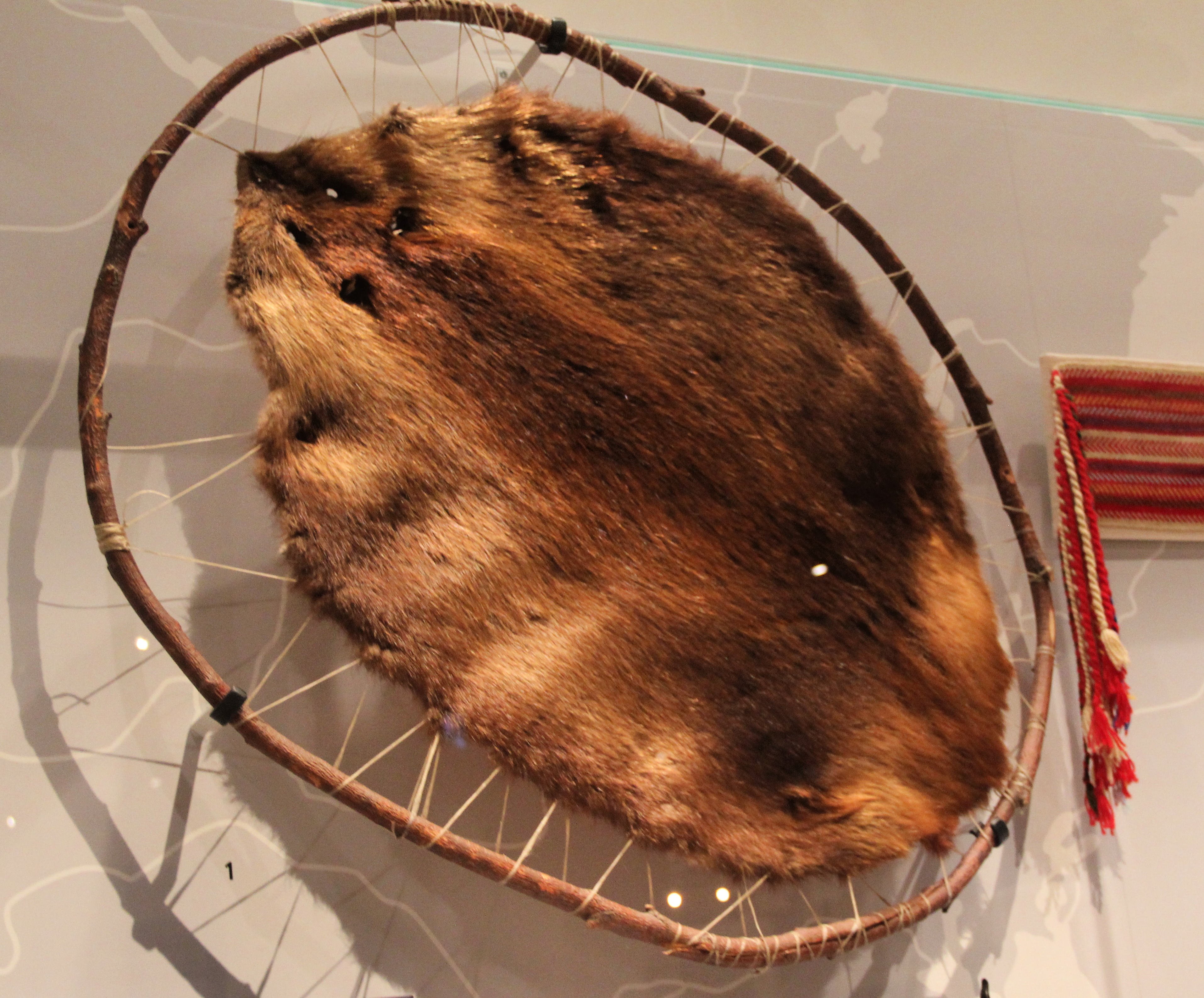
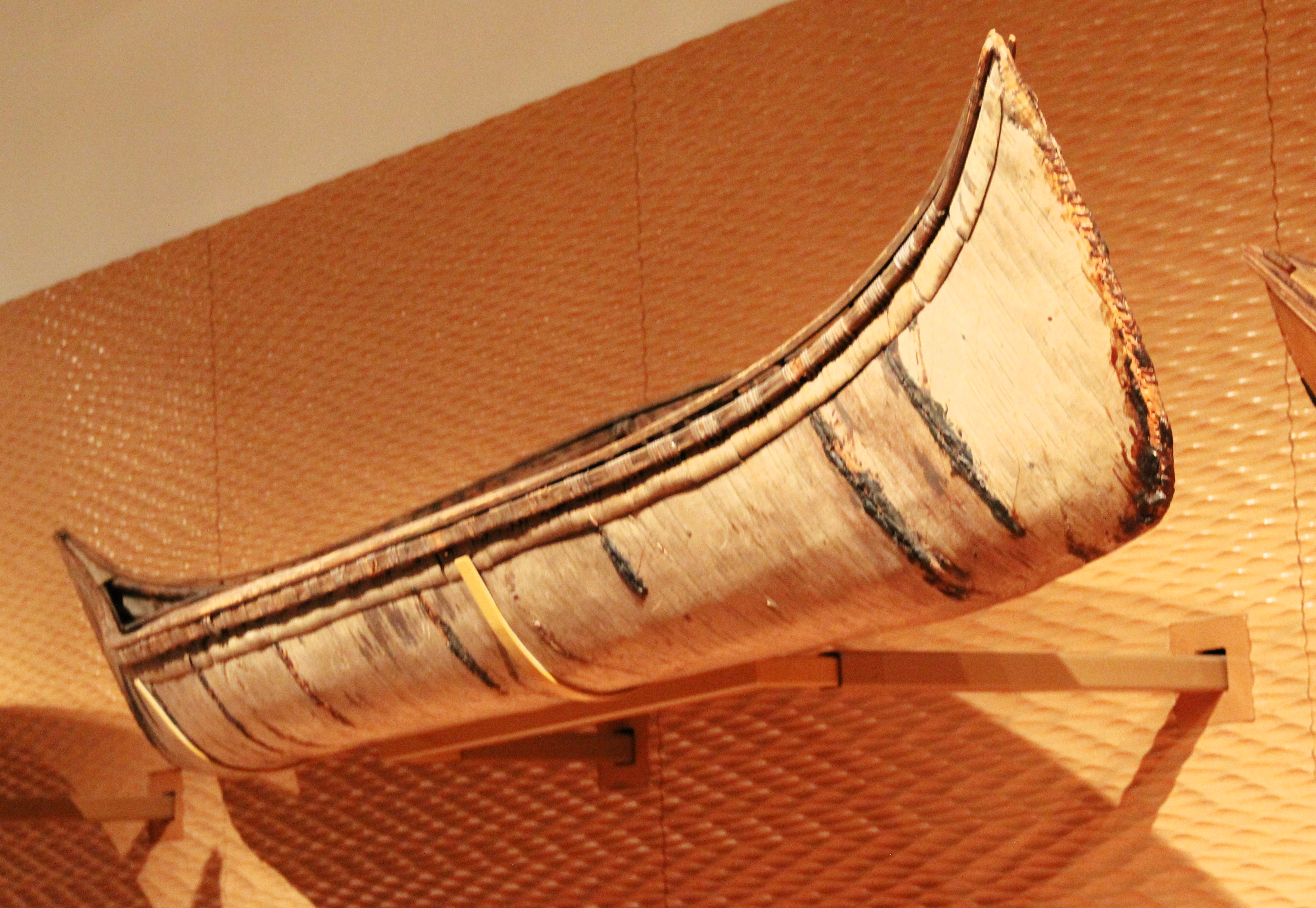
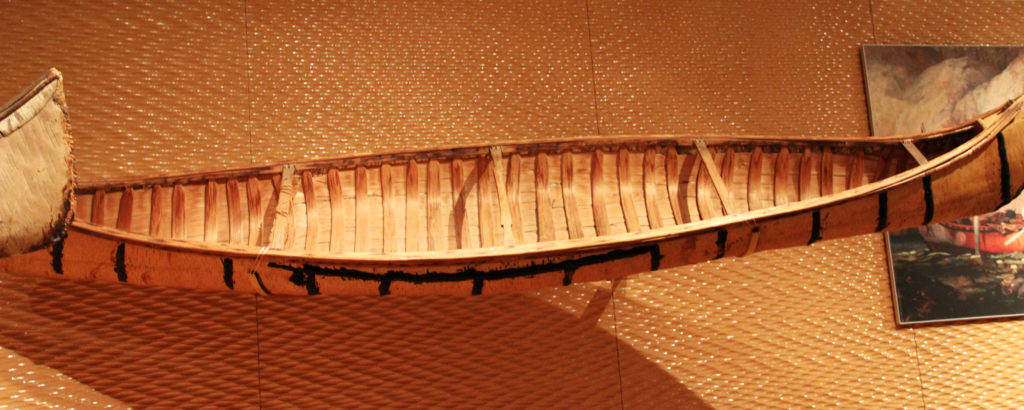
Another exhibit we saw was the Ming Tomb. It was part of a family cemetery near Beijing, China. These artifacts arrived at the ROM in 1921. It was believed the tomb belonged to General Zu Dashou, but this wasn’t confirmed until 2005. General Zu, who defended the Ming Dynasty against Manchu attacks, died in 1656. The first picture below is of the Archway (entrance) to the tomb complex. The second picture is the burial mound. The coffin and gifts, usually ceramic statues, would have been placed in a vault beneath the burial mound. The last picture is a close-up of one of the panels. The images on the panels all relate to immortality and good fortune.
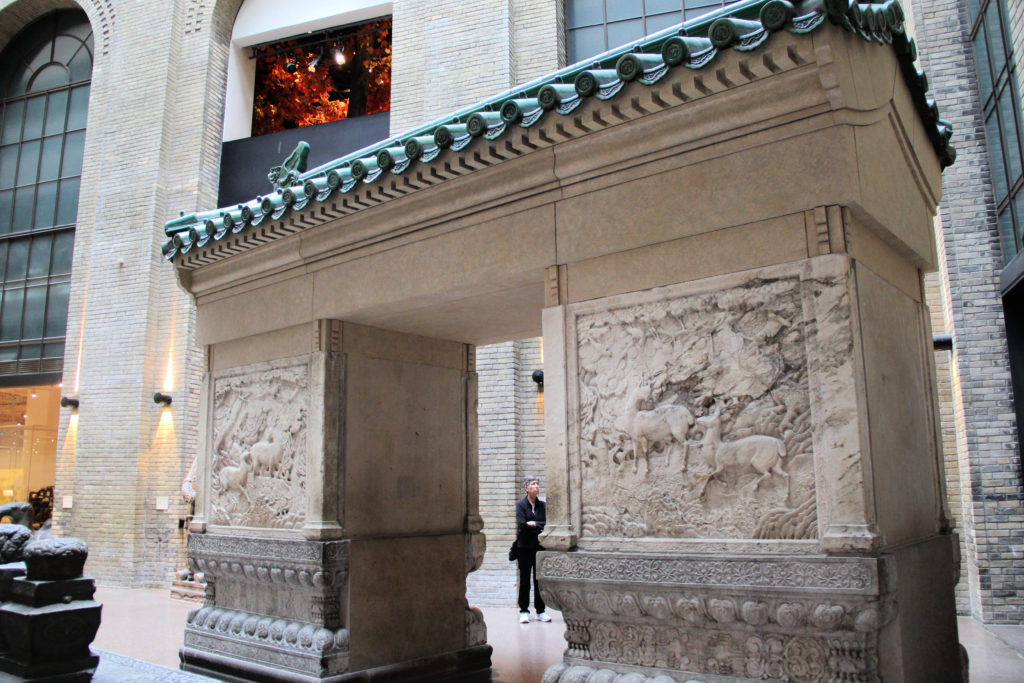
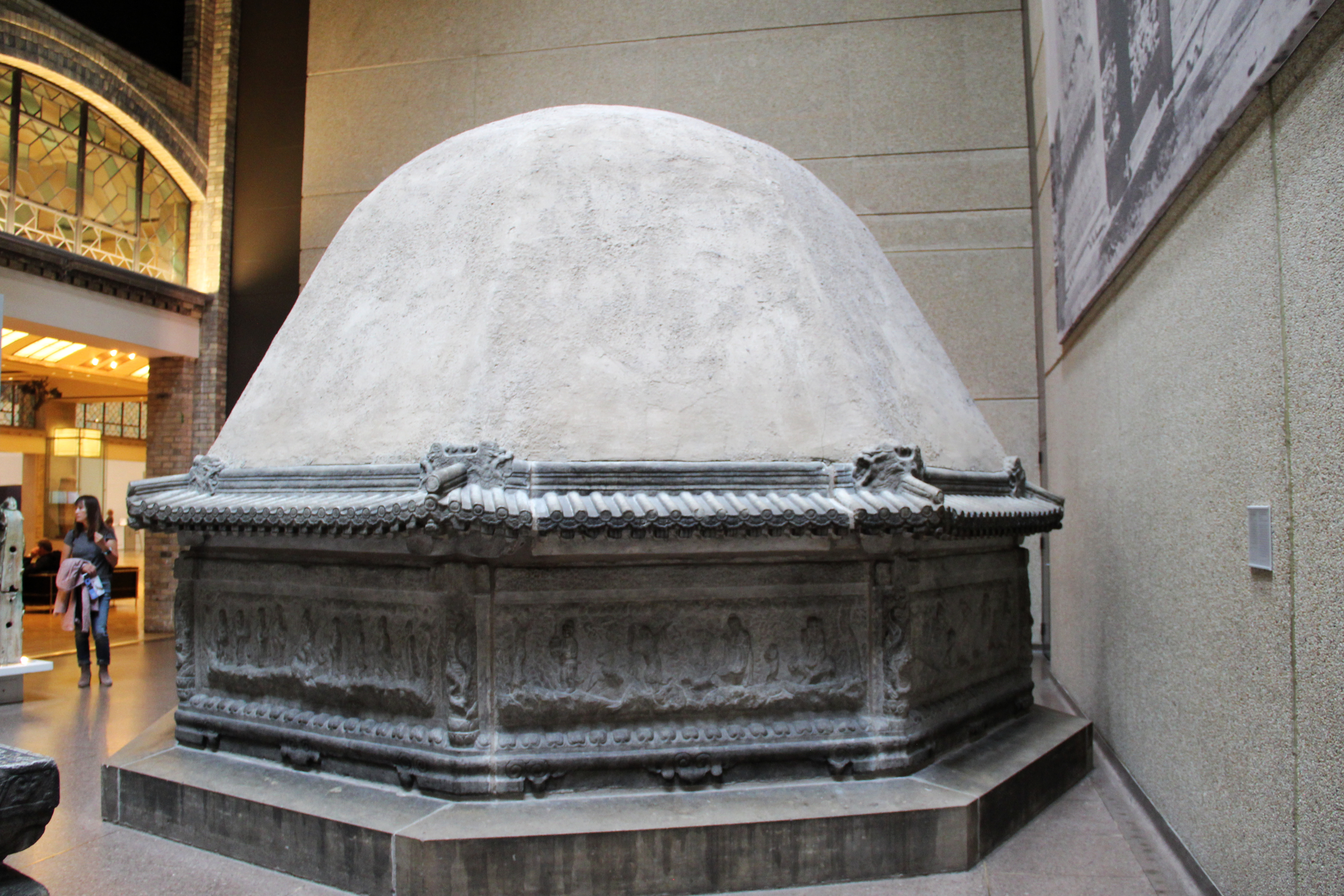
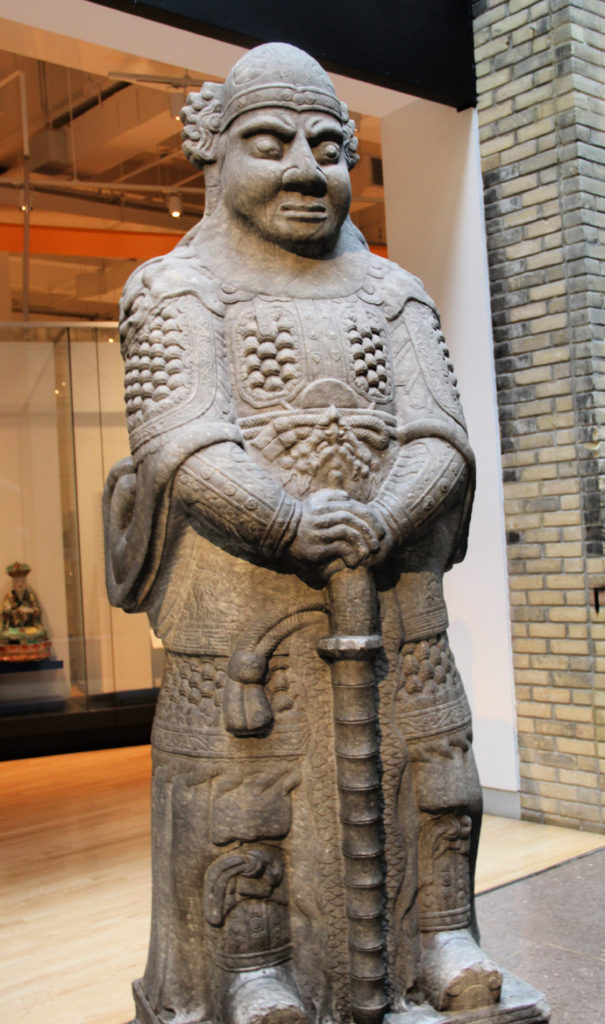

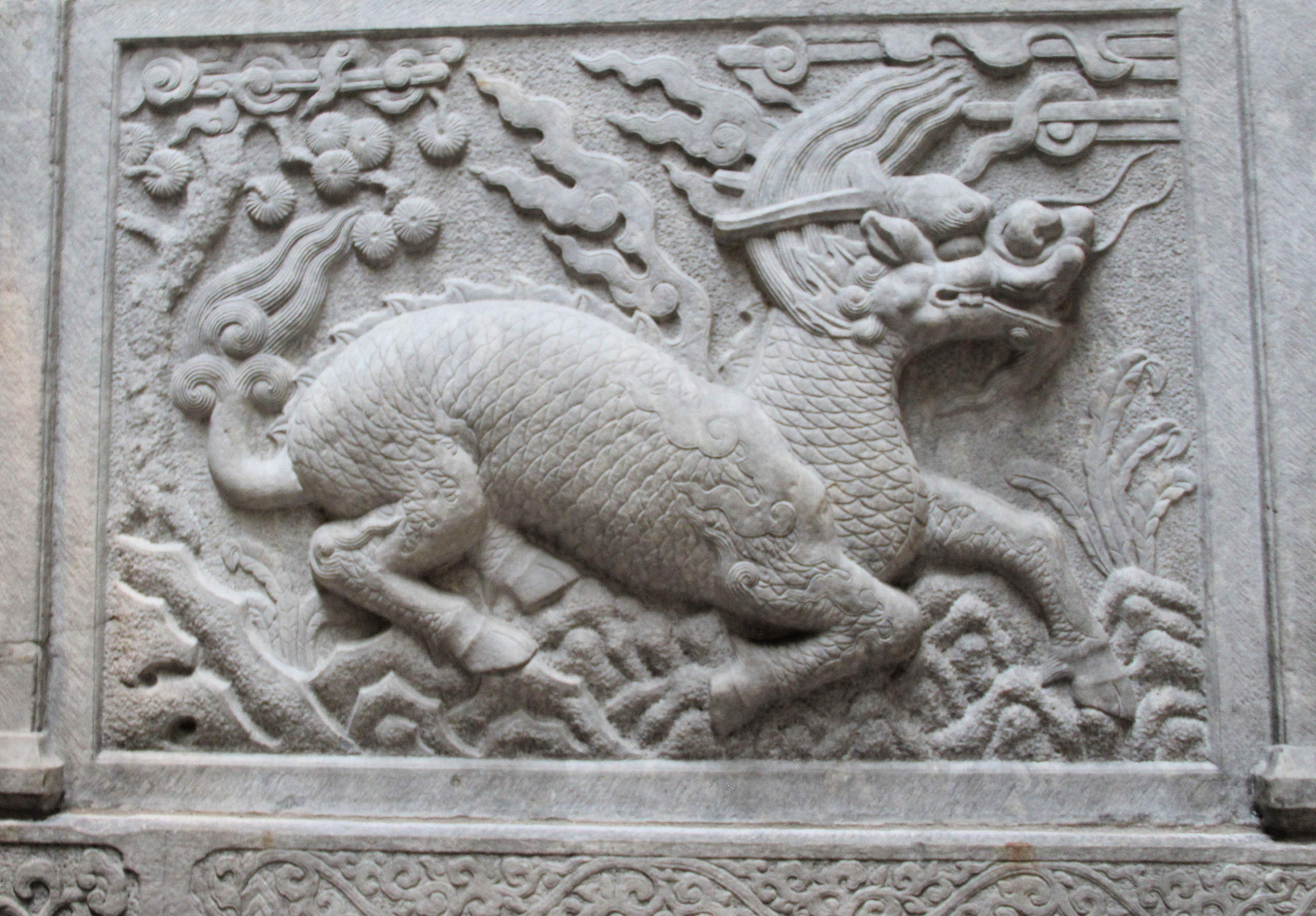
We asked one of the docents if they had artifacts from Korea and were pleased to find out they had a small collection. Our sons are adopted from Korean so we appreciate opportunities to learn more about the Korean culture. The first picture is of two boxes. The one on the left is a lunch box and the one on the right with the mirror is a cosmetic box. Both are made of lacquered wood with inlaid mother of pearl.
The next two pictures are ones soldiers or warriors might wear. The jacket is actually Brigandine body armor. It was used during the Joseon Dynasty (19th Century). The jacket is lined with lacquered steel plates that are attached to the jacket with brass studs. The symbols on the jacket were meant to provide physical and spiritual protection. The next picture shows helmets that were used with the body armor. All the helmets are from the Joseon Dynasty. The first (on the left) is made of silver, brass, jade and leather. The one in the middle is part of the Brigandine body armor. The red panels are made of lacquered steel plates with brass studs on cotton fabric; the helmet was made of leather, brass, and finial of jade. The final helmet (on the right) is from the 17th Century. It is made of metal and wood.
The last picture is a print block for a book cover. It was gift to the museum from the Republic of Korea. The printing block is made of wood and is from the late 18th to early 19th Century. The elaborate designs were printed on mulberry paper.
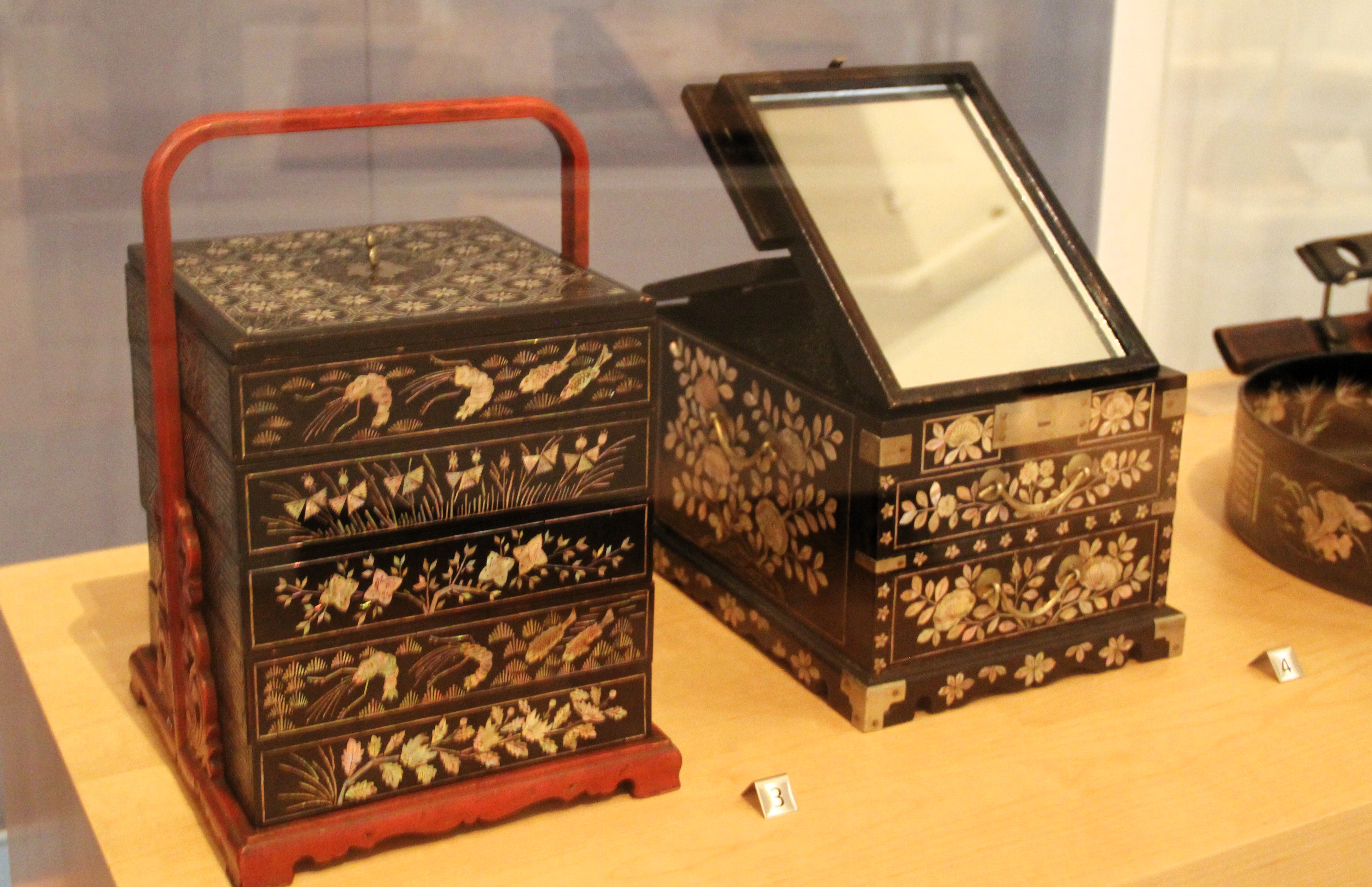
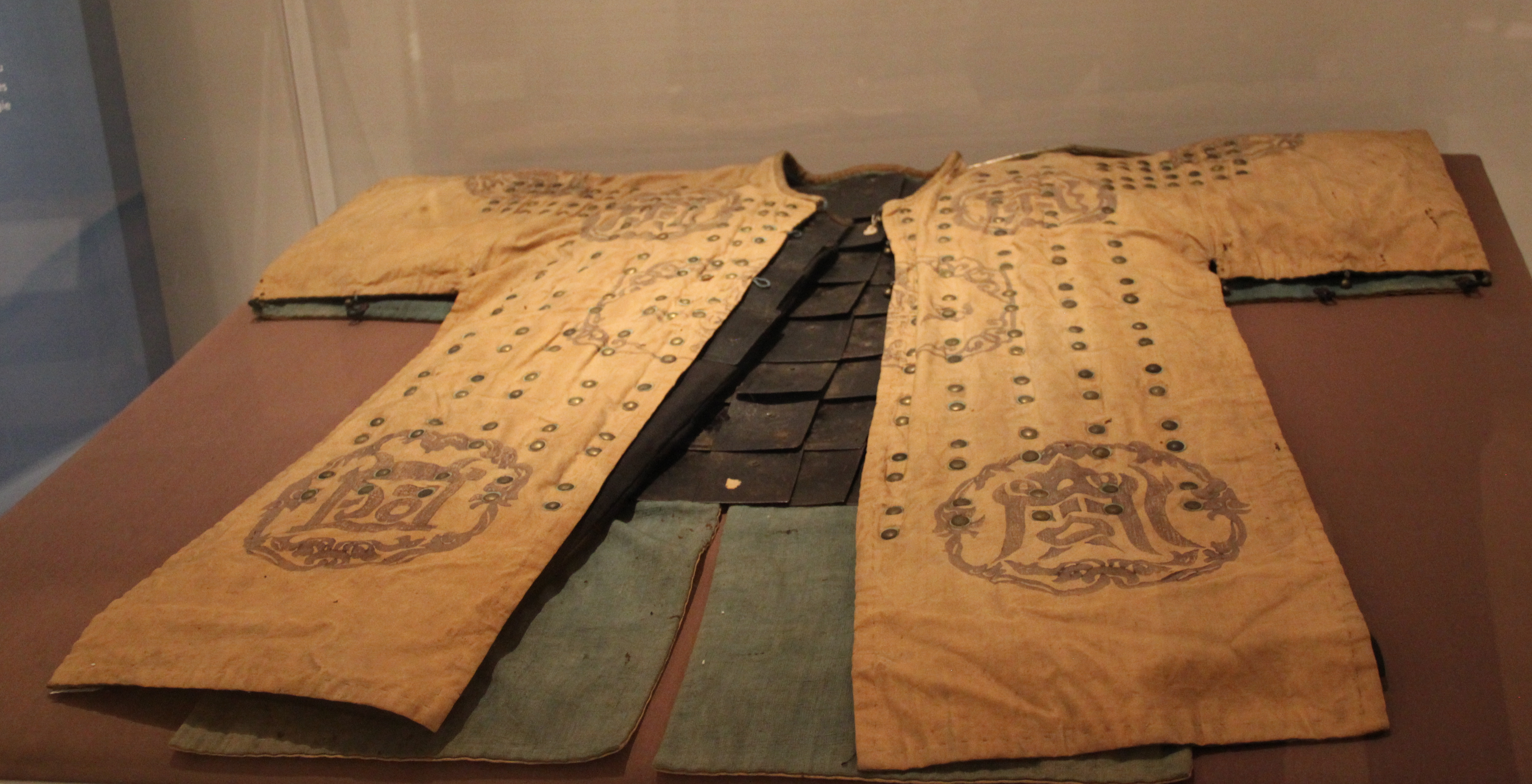
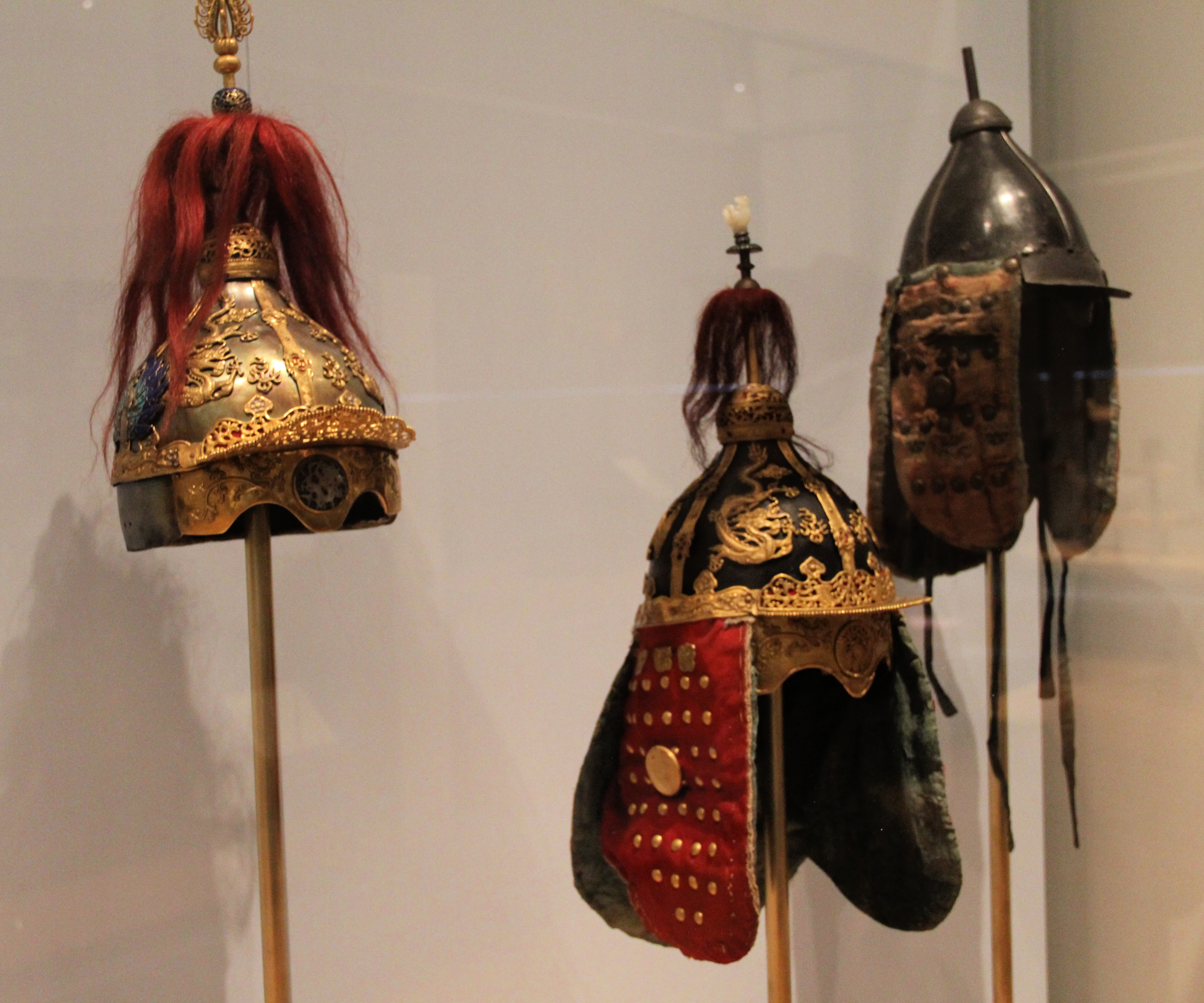
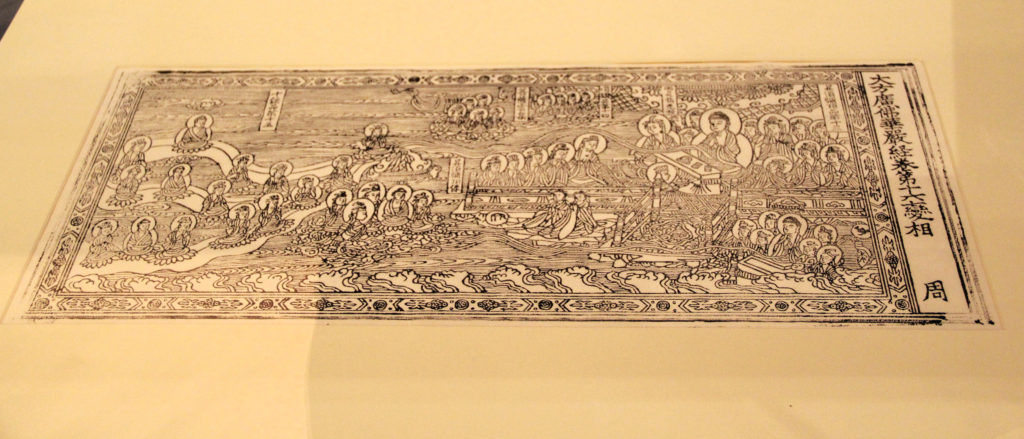
Some of the exhibits helped us see similarities between cultures, sometimes across geographic regions and sometimes across time. As a example, an exhibit of body armor encouraged us to see how it progressed over time. The first picture below is a helmet a gladiator would have worn sometime between 300 and 500 AD. The helmet, made of bronze, was found at the Colosseum in Rome. The second picture is German armor. The upper part of the armor dates from around 1650 and was typical of the armor members of the military would wear in Germany and Switzerland. The part of the armor that would cover a soldier’s thighs is tournament armor from the late 1500s. And the third picture fast forwards us to the present – the protective equipment a hockey player might wear.



We actually saw the Rotunda, the ceremonial entrance hall, on our way out. The ceiling is a mosaic, made of more than a million tiny squares of Venetian glass. The ceiling is designed to represent cultures from different times and from all over the world. There are also stained glass windows in the Rotunda. They were first installed in 1933 but reframed and protective glass added in 2005. The stained glass windows are made up of 18 panels, with a red or blue bird in the center of each. Geometric shapes surround the birds. As we exited the building, we saw a statue of a guardian lion. It was carved of marble and is from China. It dates back back to 1650 to 1750 AD.
Like so many other places we visited on this trip, we spent only a short time at the ROM. The exhibits we saw were remarkable but only touched the surface of all the ROM has to offer those who visit.
